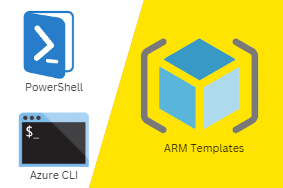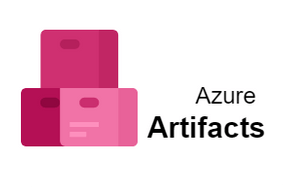Google Cloud Monitoring has become the go-to solution for managing your cloud infrastructure. But why? And how does it work? In this article, we’ll explore what it’s all about and why you should care. We’ll also provide you with useful tips on monitoring that will help you get the most out of Google Cloud Monitoring and its features such as Stackdriver and BigQuery as well as help you get started with implementing it within your own organization.
Introduction
While most of us are familiar with monitoring our own networks or web applications, you may not be aware that in these days it’s increasingly likely you’ll need to monitor your cloud infrastructure. More than just keeping an eye on what traffic is going to your website or how much data you’re consuming, cloud monitoring can help catch security problems, speed up deployments, and make sure your services are available 24/7. In fact, it can even save you money by preventing over-provisioning – which means losing money if a customer demands more bandwidth than they actually use. So what exactly do we mean by monitoring in cloud computing environments? Let’s take a look at a few common examples
The Benefits of Monitoring
When it comes to data, there’s no such thing as too much. The idea of monitoring your application may be scary at first, but don’t be afraid—in fact, do it today! There are plenty of benefits that come from doing so: you’ll have immediate feedback if something goes wrong; you can detect patterns in usage over time; and you can predict when things will go wrong before they actually do. All of these are incredibly valuable for operations teams who are constantly looking for ways to improve their applications or move them in new directions. Being able to see what your application does under certain conditions allows you to optimize your application in response to unexpected behaviors. The earlier you detect problems, the easier they are to fix!
Commonly Monitored Components in the Cloud
Metrics, Logs, and Events. These three core categories of information form the foundation of cloud monitoring. Metrics describe values or characteristics (such as CPU usage, disk space used, or response time) over time that can be monitored from within your application code. Logs document events related to user activity or changes in your environment (for example, configuration changes), but they’re a bit different than metrics because they are usually automatically generated by other processes rather than being explicitly sent to a monitoring system. Events represent things that happen periodically (such as backups taking place every night) or continuously (such as an always-on service that should never be disabled).
Conclusion
When it comes to running a successful business, there’s no shortage of information on what you should be doing or tools you should be using. The problem is figuring out how to use all of that information in a way that will actually benefit your business. One tool that can help you with just that kind of issue is Google Cloud Monitoring. With great deals on computing resources, plus lots of support for app developers, why wouldn’t you want to use it? At its core, monitoring allows you to keep track of everything from server load times to what devices are connected via Bluetooth and everything in between. Not only does monitoring allow for serious insight into your apps, but also ensures safety by keeping an eye on things like DDoS attacks and malicious code.



0 Comments